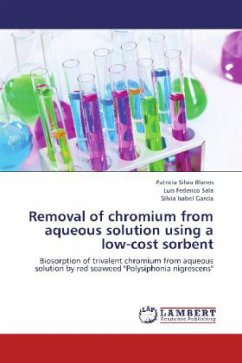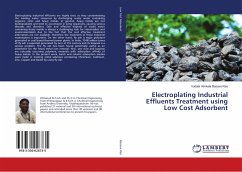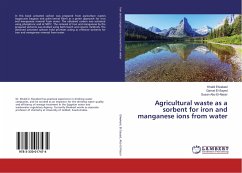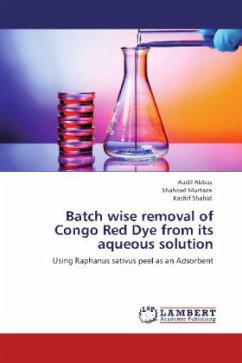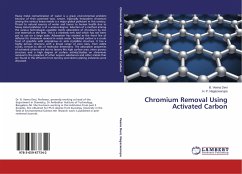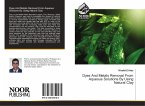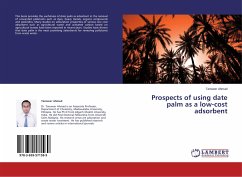Biosorption is a cost effective process by using biomass raw materials which are either abundant or wastes from other industrial operations for decontamination of ionic pollutants, such as heavy metal ions. This work focused on the investigation of potential of "Polysiphonia nigrescens" biomass for removal of Cr(III) ions from aqueous solution. Experimental parameters affecting the sorption process such as pH, contact time, initial metal ion concentration and biomass dosage were studied. The equilibrium sorption data were evaluated by isotherm models. The experimental results were also analyzed in terms of kinetics approach. The functional groups involved in metal sorption were examined using Fourier transform infrared spectroscopy (FTIR), X ray absorption spectroscopy (XAS) and X ray photoelectron spectroscopy (XPS) analysis. The morphological changes of P. nigrescens before and after metals sorption were explored by microscopy techniques. Finally, desorption studies were made using dilute desorbing agent.The present report indicates that "P. nigrescens" is an effective and economical adsorbent for the removal of Cr(III) from wastewaters.
Bitte wählen Sie Ihr Anliegen aus.
Rechnungen
Retourenschein anfordern
Bestellstatus
Storno

